Colombian Tamales Tolimenses
Last year I shared with you the Colombian tamales recipe that we make most at home during the holidays and many of you requested the recipe to make another version called “tamales tolimenses” (from the department of Tolima), which are also very popular in Colombia. As I said my the previous Colombian tamales blog post, in Colombia there are many different types of tamales made with different types of meat, dough or masa and other ingredients that are used for the filling.
The tamales tolimenses are a bit different from the tamales arrieros because besides being made with pork, they also have a piece of chicken, a boiled egg and the masa is mixed with cooked rice. And this is the main reason why they’re preferred by so many Colombians, especially those who live abroad. Another difference is the wrapping because instead of wrapping them in a rectangle to make a small packet, they’re tied up in the middle to form a small ball.
Although these are usually made with three different types of pork meat, usually sirloin, boneless ribs and pork belly, in the recipe I’m sharing with you today I’m only using two types of pork because I think that’s plenty, but you can make them whichever way you want.
¡Buen provecho!
Print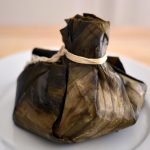
Colombian Tamales (Tolimense Style)
- Prep Time: 0 hours
- Cook Time: 0 hours
- Total Time: 0 hours
- Yield: 14 1x
- Category: Breakfast, Chicken, Christmas, Main Dish, Pork, Tamales
- Cuisine: Colombian
Ingredients
Marinade
- ½ white onion
- 4 green onions, stalks only
- 5 garlic cloves
- 4 tbsp food coloring/all-purpose seasoning (Triguisar, Sazón Goya or homemade)
- Salt and pepper to taste
- 2 cups (480 ml) water
Guiso (Seasoned Sauce)
- 2 tbsp olive oil
- ¼ cup green onion (3 medium stalks) or 3 shallots, finely chopped
- 2 garlic cloves, finely chopped
- ½ red bell pepper, finely chopped
- 4 tomatoes without seeds, finely chopped
- 1 chicken bouillon
- 1 tsp food coloring/all-purpose seasoning (Triguisar, Sazón Goya or homemade)
- 1 tsp ground cumin or to taste
- Salt and pepper to taste
Filling
- 1 lb county style pork ribs, cut into 14 pieces
- 1 lb pork belly, cut into 14 pieces
- 14 chicken pieces (Drumsticks and/or thighs)
- 4 medium red potatoes
- 3 medium carrots
- 7 eggs, boiled
- Water, salt and color/all-purpose seasoning (Triguisar, Sazón Goya or homemade) to taste
Masa (Dough)
- 10 cups (.63 gallon) water
- 1 chicken bouillon
- 1 tbsp color/all-purpose seasoning (Triguisar, Sazón Goya or homemade)
- 1 tsp onion powder
- 1 tsp garlic powder
- 1 tsp ground cumin
- Salt to taste
- 1 lb pre-cooked white corn meal
- 1 cup (150 g) frozen or canned sweet peas
- 3 cups (750 g) white rice, cooked
- ¼ cup (56 g), pork lard (Optional)
Wrapping
- 4 16 oz bags frozen banana leaves
- Butcher/kitchen string
Instructions
- Day 1. Blend all the ingredients of the marinade in a blender or food processor.
- Put the pork meat in two resealable bags or in glass/plastic bowls and add the marinade. Close the bags, massage them well to make sure the meat is well covered with it and refrigerate overnight.
- If you’re using frozen banana leaves, you can thaw them out by leaving them in the fridge overnight.
- Day 2. Carefully take the leaves out of each bag and cut them into rectangles, approx. 20 inches long (50 cm) each.
- Clean both sides of each leaf with a damp cloth or paper towel. If the leaves are stiff, you can pass them through a stove burner set to medium low for a few seconds to soften them. This also helps to avoid cracks.
- Peel and cut the potatoes into thick slices and place them in water in a medium bowl. Season the water with salt and the food coloring/all-purpose seasoning to taste if you want.
- Peel and cut the carrots into slices and place them in water in a small container. Season the water with salt to taste if you want.
- To make the guiso or seasoned sauce: In a large pan, heat the olive oil on medium heat and add the green onion and garlic, cook for 2 minutes. Add the red bell pepper and tomatoes and cook for 5 minutes or until they’re softened. Add the chicken bouillon, food coloring/all-purpose seasoning, cumin, salt and pepper and stir well. Add a bit of water if the sauce is too thick.
- To make the masa (dough): Place the water for the masa in a large pot over medium low heat, add the chicken bouillon, food coloring/all-purpose seasoning, onion powder, garlic powder, cumin and salt. Heat the water on the stove without bringing it to a boil. Then, slowly add the pre-cooked corn meal and stir with a spatula or wooden spoon until it looks like thick oatmeal. If the masa is too thick, you can add more water. Add the sweet peas, the rice and pork lard, stir well and remove from the stove.
- To assemble the tamales: Place 3-4 pieces of banana leaves one on top of the other on a flat surface.
- Spread about about ¼-½ cup of masa in the center of the leaves.
- Place 2 carrot slices, 2 potato slices and ½ an egg in the masa.
- Place 1 piece of pork rib, 1 piece of pork belly and 1 piece of chicken over the masa.
- Add 1 tbsp of guiso over the meat.
- Add a bit more masa over the guiso.
- Close the tamal by grabbing all sides of the leaves towards the center forming a ball at the bottom and then tie it with the butcher string going around 3-4 times. Cut off the excess leaves if you want. Repeat this process with every single tamal.
- To cooke the tamales: Fill ¼ of a large pot (Tamalera) with water and season with salt. Place a steam rack inside the pot to avoid letting the tamales touch the bottom or the water. Bring water to a boil. **Note: If you don’t have a steam rack you can place sticks or left over banana leaves in the bottom of the pot instead.
- Place the tamales on the steam rack one on top of the other and steam them on low heat for about 2½ hours. Check the water level every 30 minutes to prevent it from evaporating completely.
- Once the tamales are ready, take them out and let them rest for a few minutes before serving.
Notes
You can also add 1 lb pork sirloin, cut into 14 pieces


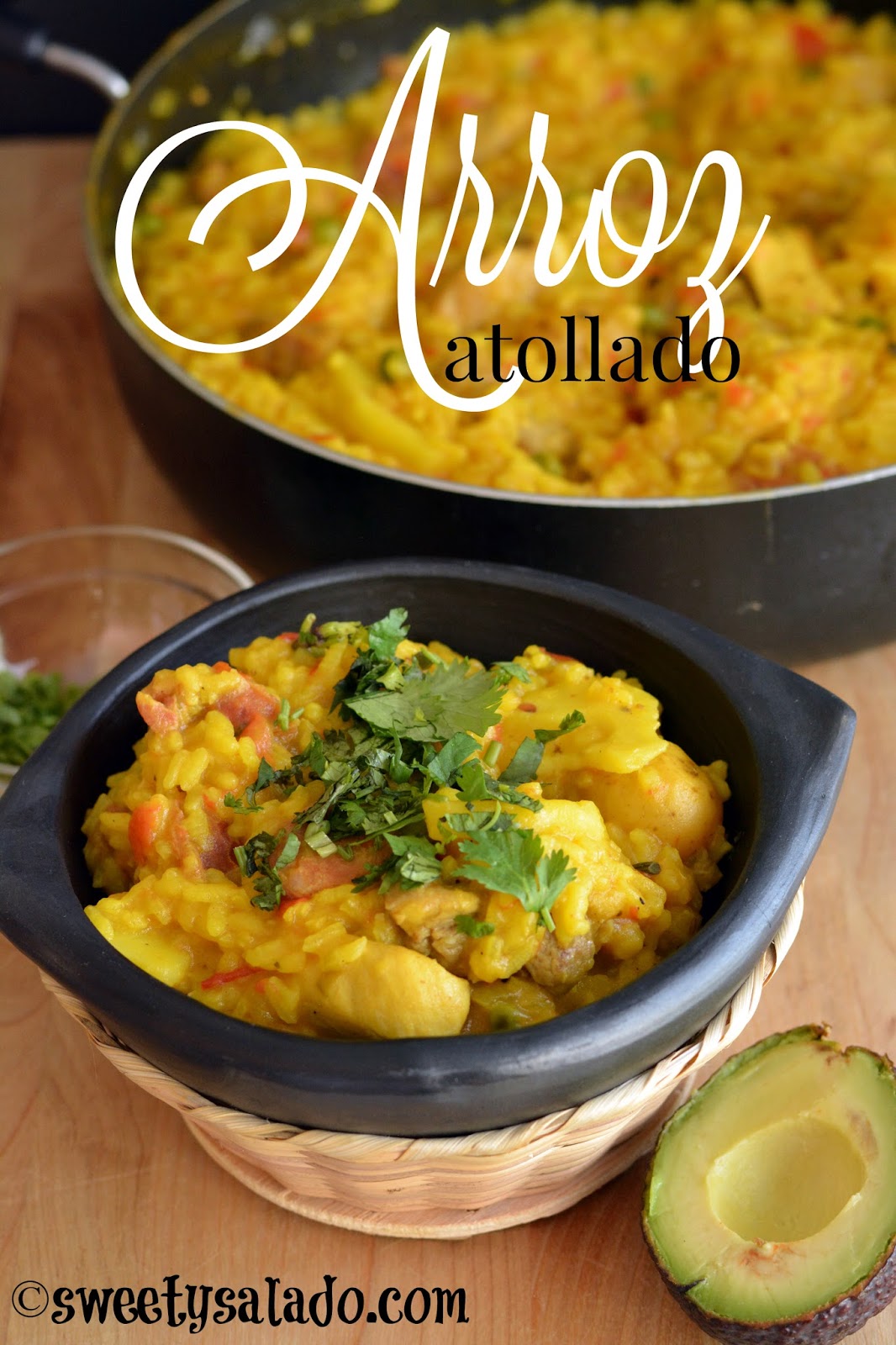
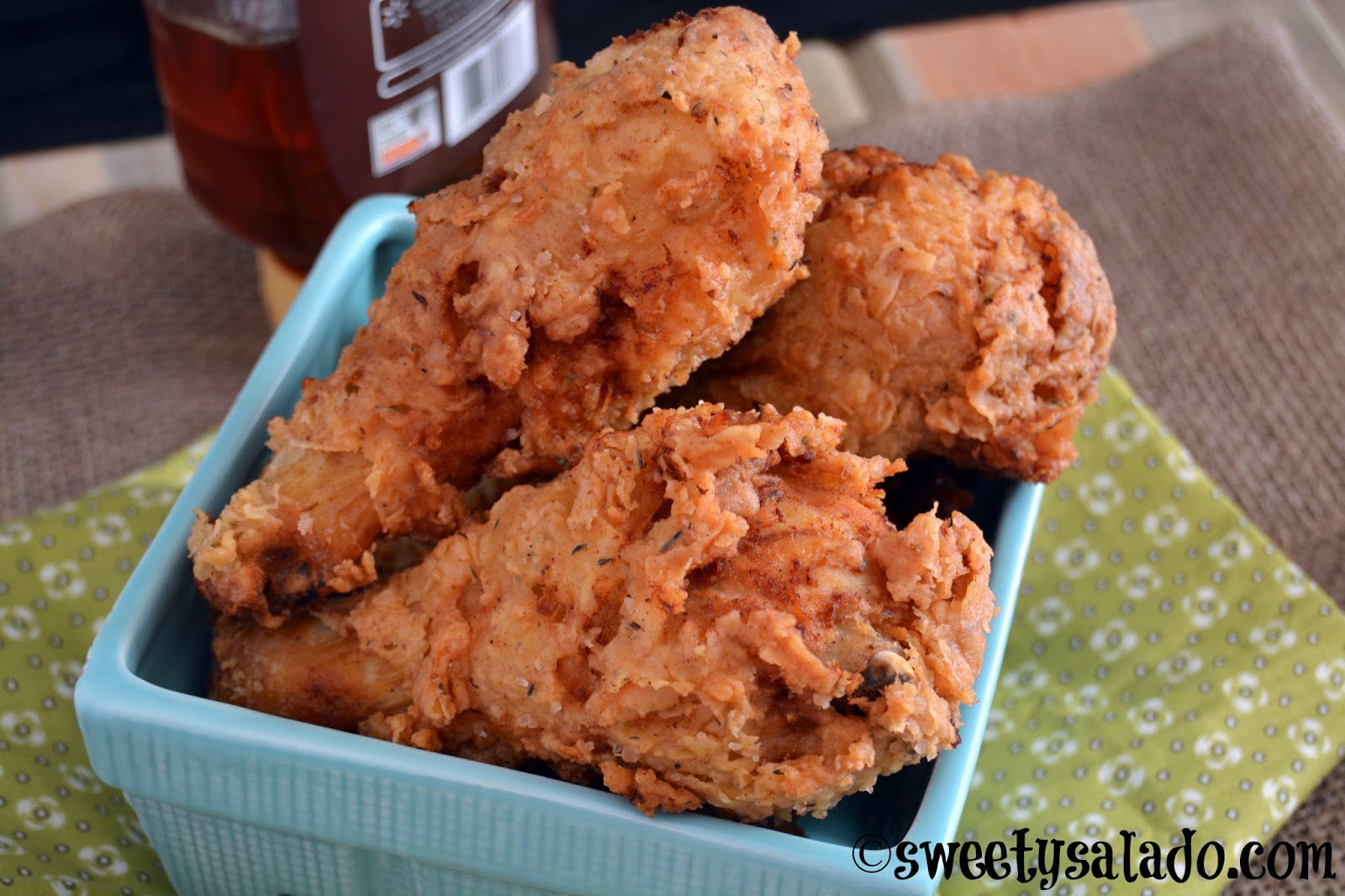
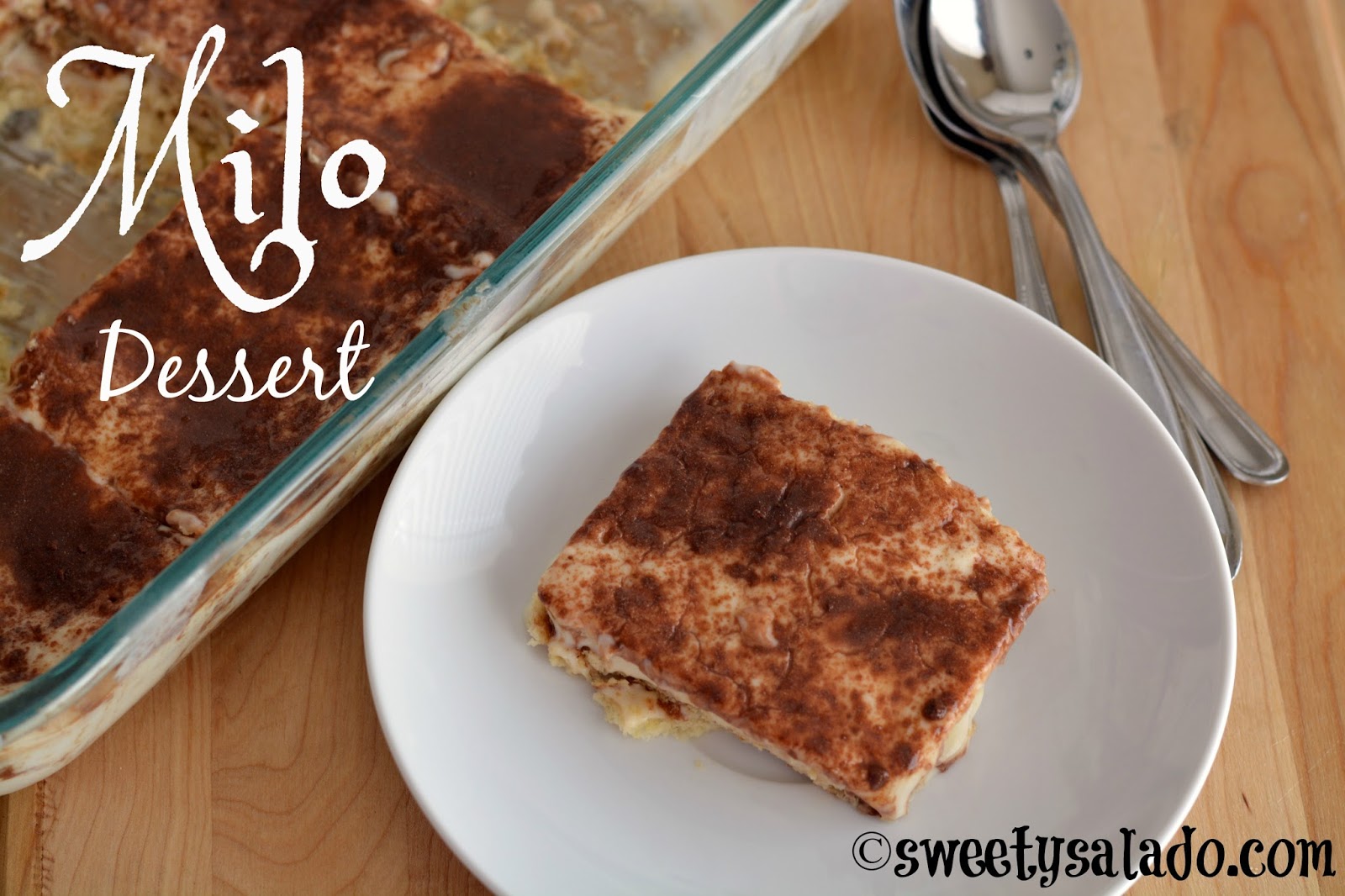
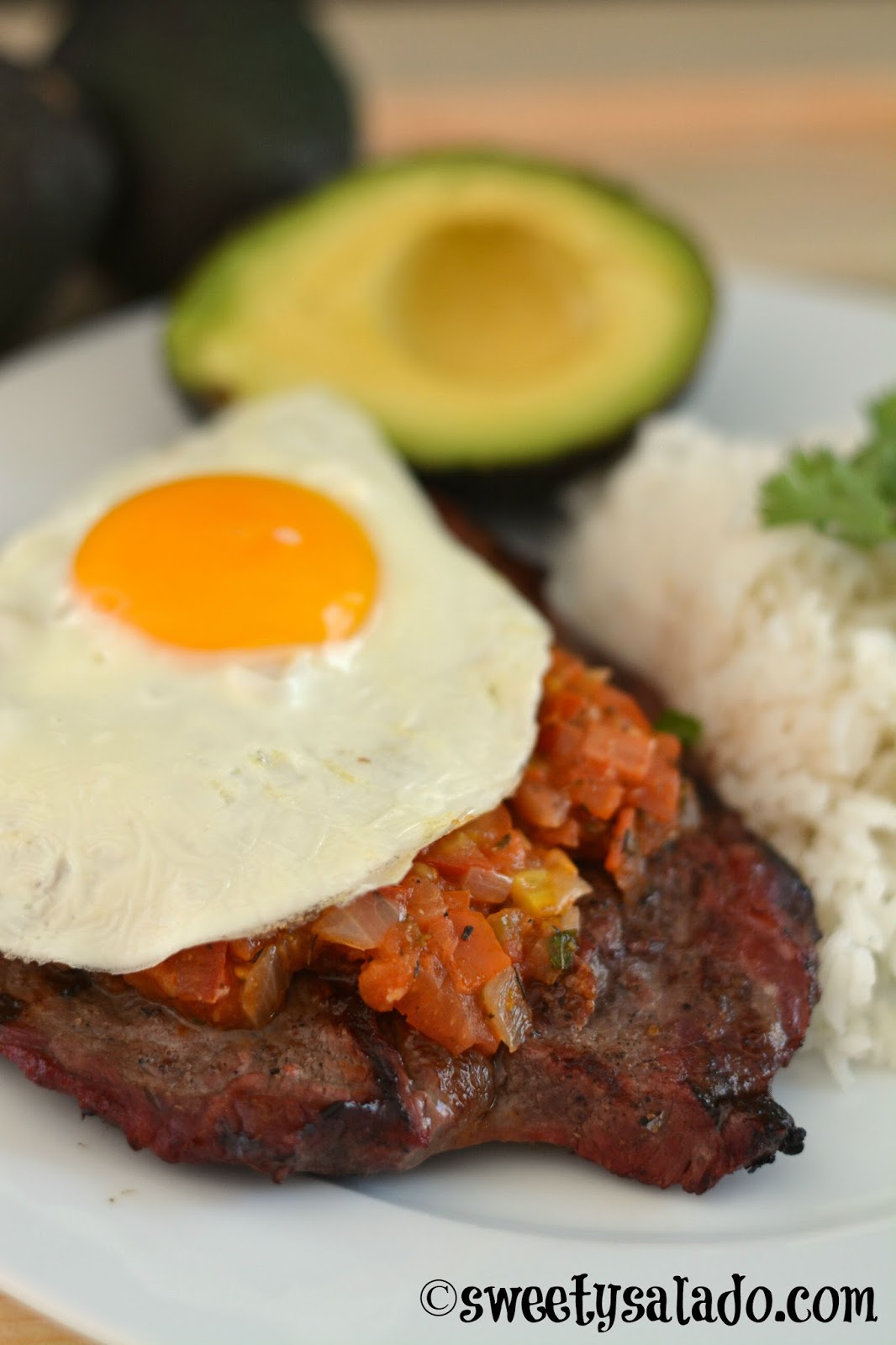

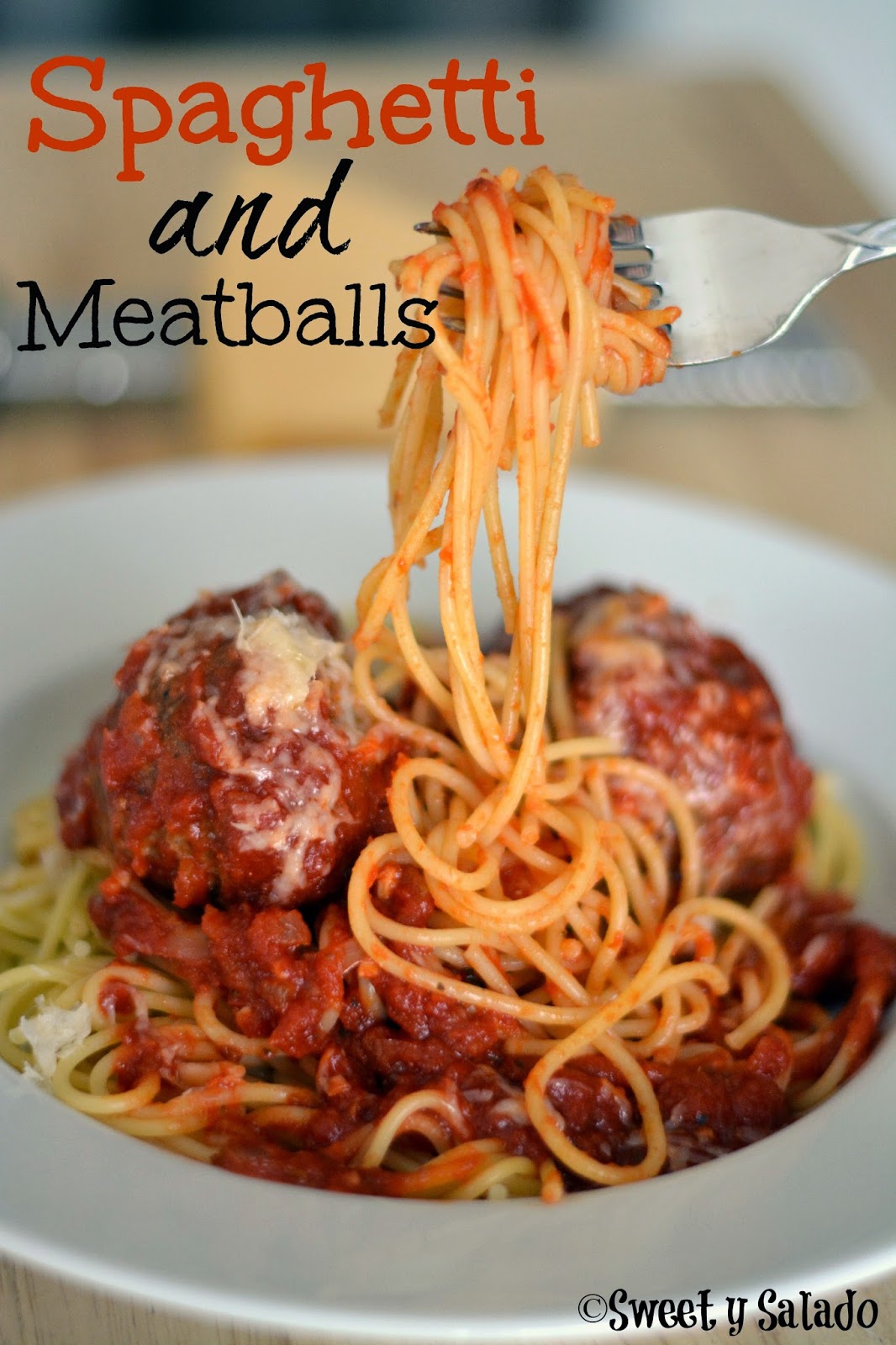
Thank you so much for this detailed recipe and video. I successfully made these tamales today and my Colombian hubby approved, so happy!
A few remarks for those making this for the first time like I did:
– If you are in Europe like me, banana leaves can be found in Asian stores, usually they are frozen.
– I cleaned them with a damp table cloth as suggested and then burned them a little on our crepe maker. It really helps for the leaves to get more elastic.
– I made a lot the night before, the “guiso”, marianted the meat and prepared the leaves (including washing and burning)
-Next time I would probably cut back a little on the “color” spice, my hubby said the most dominant flavor should be from the banana leaves, I would probably reduce the amount in the “masa” and in the “guiso”
– If you are a beginner like me, definitely ask for help when wrapping them. Every Colombian kept on telling me to be really careful to seal the “bags” properly so no water comes in
– I froze a bunch of already steamed tamales (wrapped each in newspaper) and intend on briefly steaming them for five minutes for the next big Colombian breakfast, my husband says he can’t wait for them
Great tips, Jenny!!! I’m so happy to hear your Colombian hubby enjoyed them. ☺️
Need some help! Followed the recipe and yet our tamale came out incredibly mushy. How do you prevent a mushy tamale? Thanks!
Hi Louis, did you use the exact measurements I have in the recipe? Because you should end up with a masa that has a thick oatmeal consistency, that makes it easier to spread on the leaves and it won’t dry out during cooking. If it’s too runny, to the point you can’t spread it on the banana leaf, then you need to add more cornmeal. Once the tamales are cooked, let them rest for a few minutes and you’ll see that the masa will set.
Te aplaudo…instrucciones perfectas para los gringos jejejejeje….me voy de compras hoy me antoje de tamales
Muy bonitos, pero la masa de los tolimenses no se hace con arroz, se hace con arveja amarilla, si no consigues amarilla usa la verde. La masa de maiz se acondiciona con grasa de la empella, el caldo de la cocción de las carnes y hogao.
Hola Andrea,
Si son hechos con arroz. La familia de mi esposa es de allá y yo ayudé los tíos de ella a preparar los tamales (tolimenses). Nosotros hechamos el hogao (hogo) encima, como hizo Diana, pero un poco mas. (Soy Británico, y mi español no es perfecto! jaja). Tambien, creo que hemos preparado el arroz y maza separados, pero tengo que mirar las fotos y videos, porque fue hace mucho tiempo!! Si recuerdo bien, tienes que hechar primero la masa, despues el arroz, carnes y huevo, y encima el hogo, y de pronto otra capa de maza antes de encerrarlo.
I’m sorry Andrea but all the Colombian books I have read use rice. So maybe it goes by by certain areas. And yes tamales are definitely delicious Wow
Do you cook the pork before adding it to the nada??
All of the meat used is uncooked.
Andrea con todo respeto le pregunto de donde es usted > yo soy tolimense y creeme que un tamal tolimense sin arroz sencillamente no es tamal tolimente.
el arroz es el ingrediente que distingue los tamales tolimenses
hello,
Can you prepare the marinade and put the meat in the marinade and freeze until you are ready to use?
Yes, you can.
I would argue that the Tolimense tamales are the best, with the most fillings, the others don’t compare. And I’m of costeño descent , nothing my grandmother or great grandmother, made tamalwise which were amazing, compares to The Tolimense Tamales, with their combine Masa and rice filling. Where other Colombian tamales are a part of a meal, the Tolimense are larger and a meal in and of theirselves.
Excellent and very cool idea and great content of different kinds of the valuable information’s. I like your article. Thanks for sharing wonderful information.